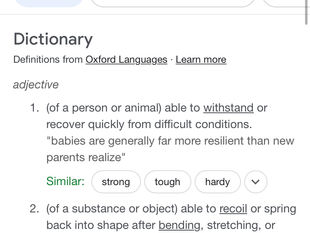
Introducing new, native plants to any garden or landscape can be as simple as adding them to your existing beds or creating a small bed. In this example, we decided to use an existing bed filled with daylily and liriope to turn into a micro pocket prairie.
You might have heard of pocket prairies or small, typically urban, green spaces and gardens dedicated to pollinator habitat and fodder. Well, let me introduce you to its smaller cousin, the Micro Pocket Prairie.
This client knew her garden had low pollinator activity and wanted to do something about it. She wished to start small and see how native plants did and appeared within her garden and landscape.
Only five perennial (Asclepius, Echinacea, Agastache, Allium & Calamintha) species were needed to create this micro pocket praire and while most are Missouri natives, two are considered not native to the United States, but hold great value for pollinators. We chose smaller perennials as small plants can establish quickly and is a great cost savings measure. This entire project was under $1,000 with plant material and labor costs included.
Both Allium ‘Millenium’ and Calamintha nepeta are non-native plants to the U.S. and shows no invasive tendencies in our region of the States. Further South, they could prove as an agressive and possibly invasive plant if the seeds are able to spread far and wide. This is a great example of a non-native plant which shows now tendency to spread, but offers great value for our U.S. native pollinators.










